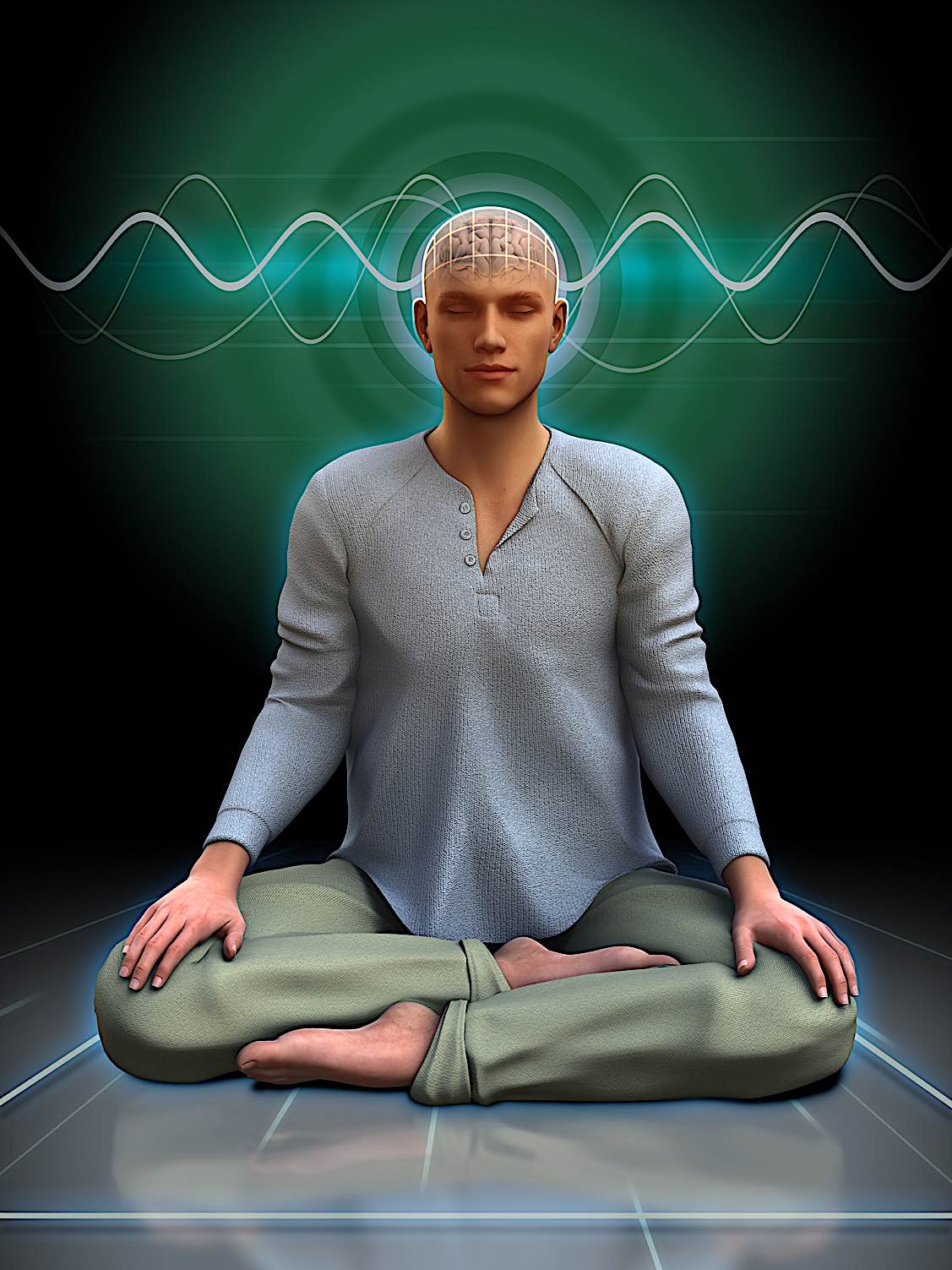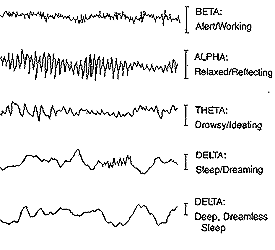How Do You Know When You’ve Entered a “Proper” Meditative State?
Meditation offers multiple benefits for your mind, body and spirit. It is an integral part of Buddhism, allowing you to achieve detachment and see reality as it is. How do you know that your practice is effective, that...


Meditation offers multiple benefits for your mind, body and spirit. It is an integral part of Buddhism, allowing you to achieve detachment and see reality as it is. How do you know that your practice is effective, that you’re “meditating correctly?”
By Beth Rush
Managing Editor, BodyMind.com
The answer is implicit in the question. Meditation is, first and foremost, a “practice,” not a “perfection.” The more often you devote yourself to this endeavor, the easier it will become for you to enter an enlightened state of consciousness. Dedicated practitioners can do so nearly anytime and anywhere, even in less-than-ideal conditions.
How do you know when you’ve entered a “proper” meditative state? Here’s how to know you are meditating correctly.
The Many Uses of a Meditative State
If you attached electrodes to a meditative brain, you could see the effects of this practice on its waves. You have four primary brain waves [1], including:
Beta: Active, focused, at work on a task. Alpha: Awake, yet relaxed and resting. Theta: Relaxed waves seen in daydreaming or light sleep, linked to inhibition of responses and memory formation. Delta: Slow, intense waves occurring during deep sleep. Genuine cognitive and health benefits are associated with attaining Theta brainwaves during meditation.
Genuine cognitive and health benefits are associated with attaining Theta brainwaves during meditation.Meditation aims to take your brain out of the active, focused state and through the alpha and theta stages. Some practitioners engaged in yoga nidra may attain delta waves during their practice.
Entering a meditative state provides necessary detachment. It helps you see situations objectively as a neutral observer. In practice, the goal is to achieve enlightenment.
However, this practice has practical applications as well. It can help patients with medical disorders and chronic pain. For example, patients with overactive bladder can reduce the frequency and urgency [2] of episodes. Those receiving large injections, like cortisone in the knee, can enter such a state to make the insertion less frightening and painful — relaxed muscles provide less resistance.
 The different brainwaves we experience, including Beta (survival mode, job mode), Alpha (relaxation mode), Theta (the goal of most meditations) and Beta (dream mode.)
The different brainwaves we experience, including Beta (survival mode, job mode), Alpha (relaxation mode), Theta (the goal of most meditations) and Beta (dream mode.)
Steps to Entering a Meditative State
You can know that you are meditating correctly if you follow these steps. Please bear in mind that each experience will be different. Relax and observe.
1. Focus on the Breath
In Buddhism, breathing meditation is called Anapanasati. This process simply refers to counting or observing each breath [3] as it comes. You’ll often find that the simple act of drawing awareness to your breathing patterns makes it deeper and slower.
2. Intention
Each meditation begins with an intention, spoken as a positive statement, not a wish. For example, your intent may be, “I am quiet and observant,” or “I am relaxed and calm.”
3. Turn Inward
The next step is to focus your attention inward. A useful technique for doing so is a body scan or what is called a rotation of consciousness in yoga nidra. Draw your awareness to various areas of your body, consciously relaxing any tension you encounter.
4. Explore Your Feelings
As you begin to feel detached, as if you are a neutral observer looking at yourself, explore your feelings. What is your emotional temperature? Accept these emotions. What are they trying to teach or show you?
5. Observe Your Thoughts
What thoughts attach to those feelings? For example, the sutras teach us that mindfulness is the remedy [3] for fear. Looking at your thoughts with detachment helps you determine your response. For example, if you are nervous about driving, wearing your seatbelt addresses this concern.
6. Gain Clarity Through Detachment
Ultimately, the goal of meditation is to gain clarity through detachment. You can know that you are meditating correctly when you feel a sense of inner peace and calm. In some cases, cultivating serenity alone represents your purpose.
How Do I Know If I’m Meditating Correctly? How Should I Feel?
You will know that you are meditating correctly when you feel a sense of completion upon ending your practice. You should feel a renewed sense of clarity and inner peace.
Please don’t confuse this serene state with finding the ultimate resolution for all your problems. Life is an ever-moving stream which changes with each passing moment. The goal of meditation is to sit on its banks, observing it, not get swept away by its depths. If you attain that state, that of a neutral observer, you know you are meditating correctly.
How to Enter a Meditative State
Many practitioners wonder if they are meditating correctly. Please remember that it is a practice, one that you will get better with over time.
When you emerge from your practice with a renewed sense of calm and clarity, you know you are meditating correctly. Be gentle with yourself and consistent, and you will improve, eventually learning to call on a meditative state as you need it.
Sources
[1] TMSi
[2] Laborie
[3] Buddha Weekly: How to know which type of meditation is best for you

 ShanonG
ShanonG 
































